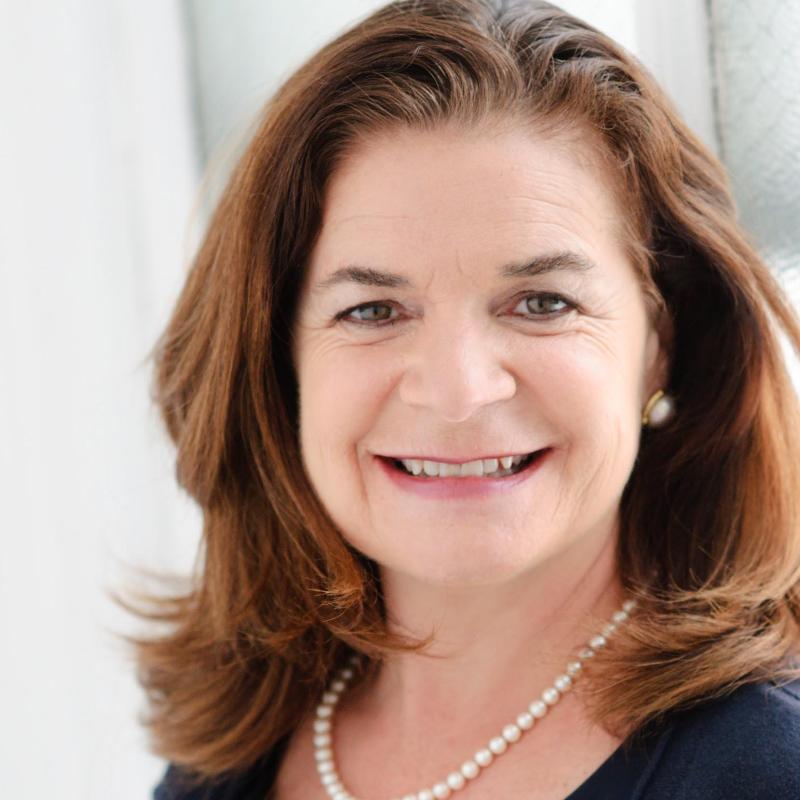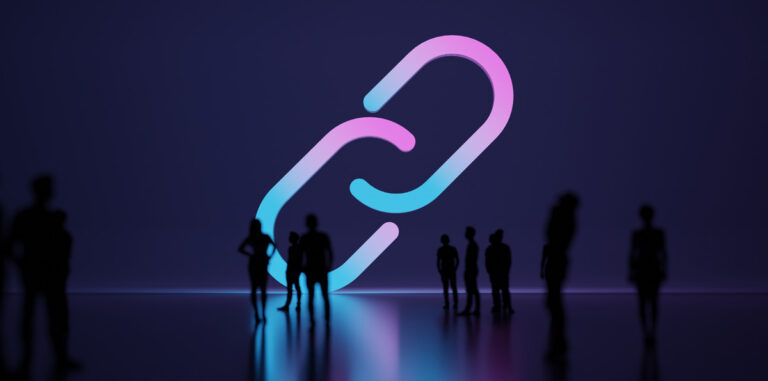As the US-Hispanic demographic evolves and grows, multicultural strategists and media planners are faced with the challenge of connecting with a consumer that cannot be defined by a single language or set of behaviors. How educated are agencies when it comes to awareness of the appropriate media mix for reaching today’s Hispanic consumer? Are agencies hoping to reach them through the general market, or are they happy to continue making full use of the traditional options, Telemundo and Univision, especially now that programmatic makes it possible to conduct highly targeted campaigns across a variety of media? We talk to industry insiders to find out.
Hispanic Consumer Targeting: Spanish Language Not A Strategy Anymore
There is one definite conclusion among multicultural marketing strategists: Spanish is not enough to reach U.S.-Hispanics, as the acculturated Latino, who often speaks more English than Spanish in their everyday life, is the fastest-growing group within the Hispanic segment. The question on the tip of many tongues is how to connect with young, well-educated Hispanic millennials.

While the general market may reach some of this segment, those campaigns “might reach them but they are not likely to connect or touch an emotion, so it’s a missed opportunity,” says Asten Morgan, Latina Media Ventures’ Executive Director of Integrated Media.
In the face of this challenge, some agencies and buyers simply resort to the big players like Telemundo and Univision. Morgan added: “I think the agencies need to be better educated about both the choices they now have to diversify their media mix as well as overall targeting capabilities. When there is doubt or too many unfamiliar options they revert to the path of least resistance from the client so they go with what they’ve been doing for years as nobody will question change.”
Others are sensing a need for greater education on who Hispanics are and where they can be reached. Lucia Ballas-Traynor, the EVP of Sales at Hemisphere Media Group, explained: “We need to come together as an industry and provide clients and agencies with best practices and guidelines on Hispanic TV buying.”
Part of her concern stems from worries that if this education does not take place, agencies will simply hope for the best in reaching Hispanics through the general market, since their go-to’s for this type of targeting, Univision and Telemundo, “are not meeting their total market objectives and can satisfy them using general market networks.”

Ana Crandell, Group Account Director at global media agency OMD Multicultural, also attributed a “hesitance to expand beyond the Univision and Telemundo’s of the world” to education, saying that it “really comes down to a lack of knowledge of the offerings available in this space,” and that “many marketers continue to think of the U.S. Hispanic marketing landscape as being limited to just a handful of players, which we know has not been the case for many, many years now.”
The acculturated Hispanic has certainly turned many marketing strategies on their heads. Zach Rosenberg, President of MBMG Media Group, offered an example of the firm’s experience with client El Pollo Loco: “It was clear that they were over-messaging to their Hispanic consumer set while not having enough of a presence in the general market,” he explained. “Our strategic approach was to recalibrate their media mix to include less Spanish Language programming as a larger percentage of Hispanic consumers are acculturated now than even 10 years ago.”
But this was not an uninformed decision. “It should be noted that our multicultural expertise is what led us to this rationale and success,” Rosenberg reminded us.
Another industry insider, who preferred not to be named, defended practices that put a heavy emphasis on the big players: “I think that buying these two partners delivers significant reach of Spanish Preferred Hispanics (and at times can reach goals established by some clients),” but that “to be more holistic and well rounded in the approach it is good to include the other Spanish-language stations that may not deliver as high ratings but definitely provide areas that do not duplicate with Univision and Telemundo.”
Spanish-Language TV’s Transformation
So why aren’t Telemundo and Univision meeting their market objectives? Latina’s Morgan pointed out that they aren’t focusing on digital: “They are focused on their core businesses of television, and their digital properties don’t deliver Hispanics at scale.”

Ballas-Traynor asserted that when it comes to Spanish-language TV, “buying has undergone a dramatic transformation over the past couple of years, and the results are concerning for our market since the message marketers are getting is that you don’t need multicultural expertise to buy Hispanic TV, and that you only really need a few networks included in your media mix, which is doing a disservice to the Hispanic segments they are trying to reach.”
Ballas-Traynor highlighted a few factors that she attributes to this transformation: a general shift to a ‘total market’ approach with a focus on “great buying efficiencies,” and a consequential “shift in buying responsibilities to general market investment/activation teams that have little to no understanding of Hispanic media, or of the audience profiles and content that differentiate these outlets.”
She also noted that agency fees for buying have been reduced across the board, resulting in a “greater emphasis on buying agencies that leverage their clout with fewer, bigger media partners.” She asserted that “budgets for accounts that are active in Hispanic are flat at best.”
While some may see it as an issue related to a lack of education in media buying, our anonymous industry contact believed budgets are a significant issue here: “I think sometimes the media buying community can be misinterpreted, because they do understand that there are others S-L stations that bring value to campaigns. However, the reality is that advertising budgets can be challenging these days and it’s important to secure a strong base media buy to drive sales.”
Nonetheless, education appears to have a significant role in fixing this conundrum. Multicultural strategists like Ballas have encountered “a lack of resources and multicultural expertise” that is made worse by the fact that there is such a wide variety of media options that buyers end up doing “fewer and bigger deals with less players.”
And once clients and buyers have decided who that small group of players will be, they often resist change, funding “the same programs year over year with the same players, rather than adapting their plans to incorporate other important networks, regardless of performance.”
For this reason, many believe it is important that entities like Morgan’s Latina Media Ventures, which has “always focused on the acculturated Latina,” exist. Their DSP platform claims to do a better job targeting Hispanics in English or Spanish using first party data from their two owned and operated sites to build better Hispanic audience profiles. Then, third party data is brought in “to ensure we aren’t solely relying on sources that aren’t dedicated solely to the Hispanic demo.”
Hispanic Consumer Targeting: Disconnect Between Multicultural Strategy, Planning
Ballas-Traynor was clear about her firm belief that the industry must update its approach to Hispanic targeting, asserting that top 50 Hispanic advertisers probably only do Upfronts with a few different media a year.
“They buy ‘bundles’ which include online, cable and other assets. Perhaps a dozen go deeper than Univision and Telemundo as part of their media mix (mostly partners that they have worked with over the years). And a handful, at most, are adding any ‘new’ networks,” Ballas- Traynor explained. “As you can imagine, this is very frustrating because we know that the buys for those same accounts go ‘deeper’ and broader in terms of media selection in the general market.”
Another large problem is a growing disconnect between multicultural strategists that do understand the Hispanic market, and the general market activation teams who handle Hispanic network investment, that do not. Ballas-Traynor expressed disappointment that many of the activation teams have “little understanding of the differences among the various Hispanic origin groups, the content that resonates most, who the broadcast versus the cable outlets and sometimes who the measured players are.”
It is not uncommon for clients to have a very clear understanding of the consumption patterns and demographics of a key segment, how it differs from others within the Hispanic category, and what markets drive their purchases. But activation teams may not be as informed as the client or the multicultural strategist, and that can be a great detriment to the effectiveness of the campaign.
iHeartMedia is one of the alternatives whose assets might not all be digital, but it claims to reach 91% of the U.S. Hispanic population on a monthly basis through more than 100 stations that have significant Hispanic composition such as LA’s KIIS and KTU in New York City, who have a 50 percent and 40 percent Hispanic composition, respectfully.
Plus, the buyers can’t be the only problem. According to Morgan, they are just “the tip of the iceberg,” because “agency personnel are sitting on the sidelines using their own services,” claiming that they can only use internal platforms, “which are easier, safer and often less effective.” It may just take these agencies losing a client for change to occur: “until a change agent comes along or they lose the account, they move at glacial speeds.”
Programmatic, Scalable Options Help Engage Hispanic Audiences Off and Online
iHeartMedia’s President of Programmatic and Data Operations, Brian Kaminsky, highlighted how iHeart Media

takes advantage of its wide array of on and offline assets to help brands engage Hispanics: “We have seen almost universal interest in our platform from the agency community who are interested in efficiency and new ways to evaluate a traditional media, and from clients who’ve made an investment in their customer data platforms,” Kaminsky asserted. “Being able to incorporate broadcast radio, given its massive Hispanic reach, into audience focused plans is appealing because of the high ROI it offers relative to digital.”
Regarding programmatic’s influence, Kaminsky said: “Programmatic buying is an important component to most client’s plans, however, we also continue to offer them (in addition to programmatic) scalable ways to engage Hispanic audiences online and off-line.” He elaborated, explaining that they created a programmatic solution for broadcast radio “to meet the shift to audience based buying and planning spurred by digital media.”
His team collects audience insights through merging data from their digital platform, social networks and third-party data sources, which allows them to “offer marketers the same type of audience targets that they are buying from connected mediums like digital, including an audience that is made up of people with an affinity for Hispanic culture.”
And the insights become actionable through their proprietary platform, which uses a planning algorithm and cloud-based networking of their radio inventory to optimize plans. “This allows us to identify very specific and highly desirable audiences at the scale that only radio can provide,” he concluded.
Crandell, of OMD Multicultural, agreed that programmatic has had a significant affect on Hispanic targeting: “I find that most successful strategists that work within the US Hispanic space very much see the value of this vehicle and, most importantly, have been able to identify its role within the broader marketing mix.”
Crandell also noted that in her experience, it has been important to remember that programmatic should be incorporated into the strategic level, not just buying and execution: “If the use of programmatic is only executed (and decided upon) at the buying stage, marketers stand to miss out on perhaps the most valuable aspect of this vehicle – that being its ability to deliver extremely beneficial learnings on the target, as they are based on actual user behavior,” Crandell explained.
Hispanic Audience Targeting: Data Changes Everything, But Is It Accurate?
Some industry insiders are actually worried that programmatic, with all of its data, may be misleading agencies. “It’s tough now, because programmatic has made it easy for general market media properties or agency trading desks to stake a piece of the Hispanic pie courtesy of an algorithm,” Morgan lamented. “Now they can scientifically state how their algorithm reaches Latinos.” But is just reaching Latinos enough?
“We don’t doubt the capabilities, but there is reason to doubt the accuracy of hitting the target, as their targeting foundation is built on third party data sources that aren’t the most accurate,” Morgan noted.
One thing is certain: marketers are at a crossroads, and the first step in the path to truly reaching Latinos is accepting the complexity of their behavior and preferences, something that the industry has yet to accomplish.
[ctalatinb]







